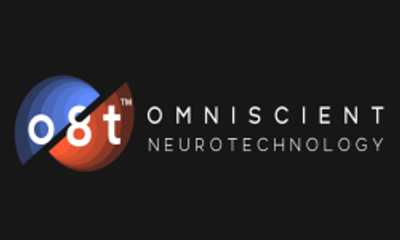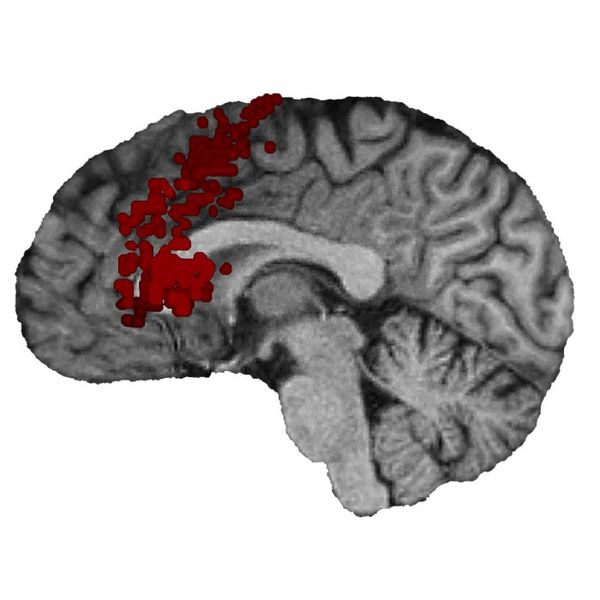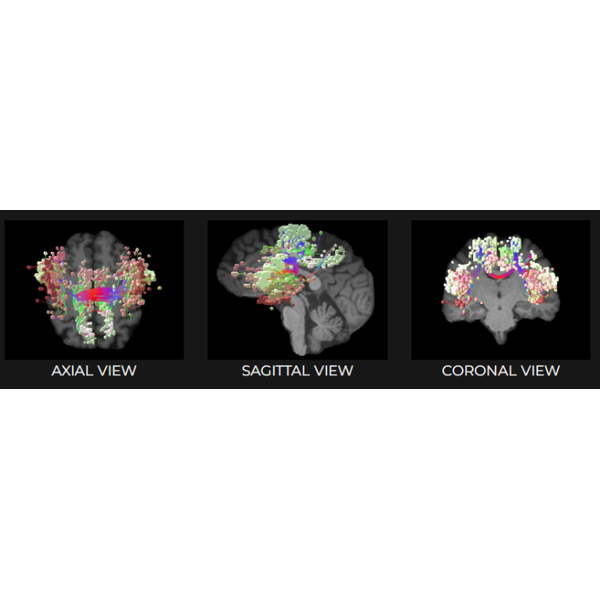

- Home
- Companies
- Omniscient Neurotechnology Pty. Ltd. ...
- Articles
- The Salience Network
The Salience Network
The salience network (SN) is “the moderator.”
As your mind’s personal moderator, the salience network constantly monitors the external world and carefully decides how other brain networks react to new information and stimuli.
The SN moderates switching between the internal and external processing1 of the brain’s two main control networks:2 the default mode network (DMN) and central executive network (CEN), respectively.
In healthy brains, these two networks are not active at the same time. To avoid missed information or mixed messages, the SN determines which network is in control at any given moment.

Think of a debate between two of your main brain networks representing your internal and external mind. The two featured speakers would be standing on stage preparing to share their points of view. The debate moderator then decides which speaker has the floor and determines how much the audience hears from each side.
In the same way a moderator only lets one person speak at a time, the salience network moderates the activity of the DMN and the CEN.
The salience network also plays a critical role in processing pain, emotion, reward, and motivation3 in connection with the limbic system. In these cases, the moderator decides how much the human body “hears” signals involving emotional response.
As with any successful moderator, the role is to support and guide the speakers. The moderator handles switching between speakers and conversation topics subtly and quickly. The salience network is no different. The SN regulates and transitions between networks swiftly and imperceptibly to address the changing demands of the moment.4
While serving such an important function, the salience network is a relatively recent discovery which marks an incredible stride in our understanding of the human brain. Before pivotal studies in 2007, the areas of the brain now considered part of the salience network used to be dissociable5 from the task processing6 of the default mode network or the central executive network. Now, we understand that functional areas in the salience network play less of a role in conducting tasks than they do for moderating control of internal and external processing.
The main functional areas, or nodes, of the salience network are located in the anterior cingulate, the anterior insula,4,8and the presupplementary motor areas.9 The SN also includes nodes in the amygdala, hypothalamus, ventral striatum, thalamus, and specific brainstem nuclei.4 anterior cingulate cortex (ACC), medial temporal network, parahippocampal gyrus, olfactory lobe, and the ventral tegmental area (VTA).

